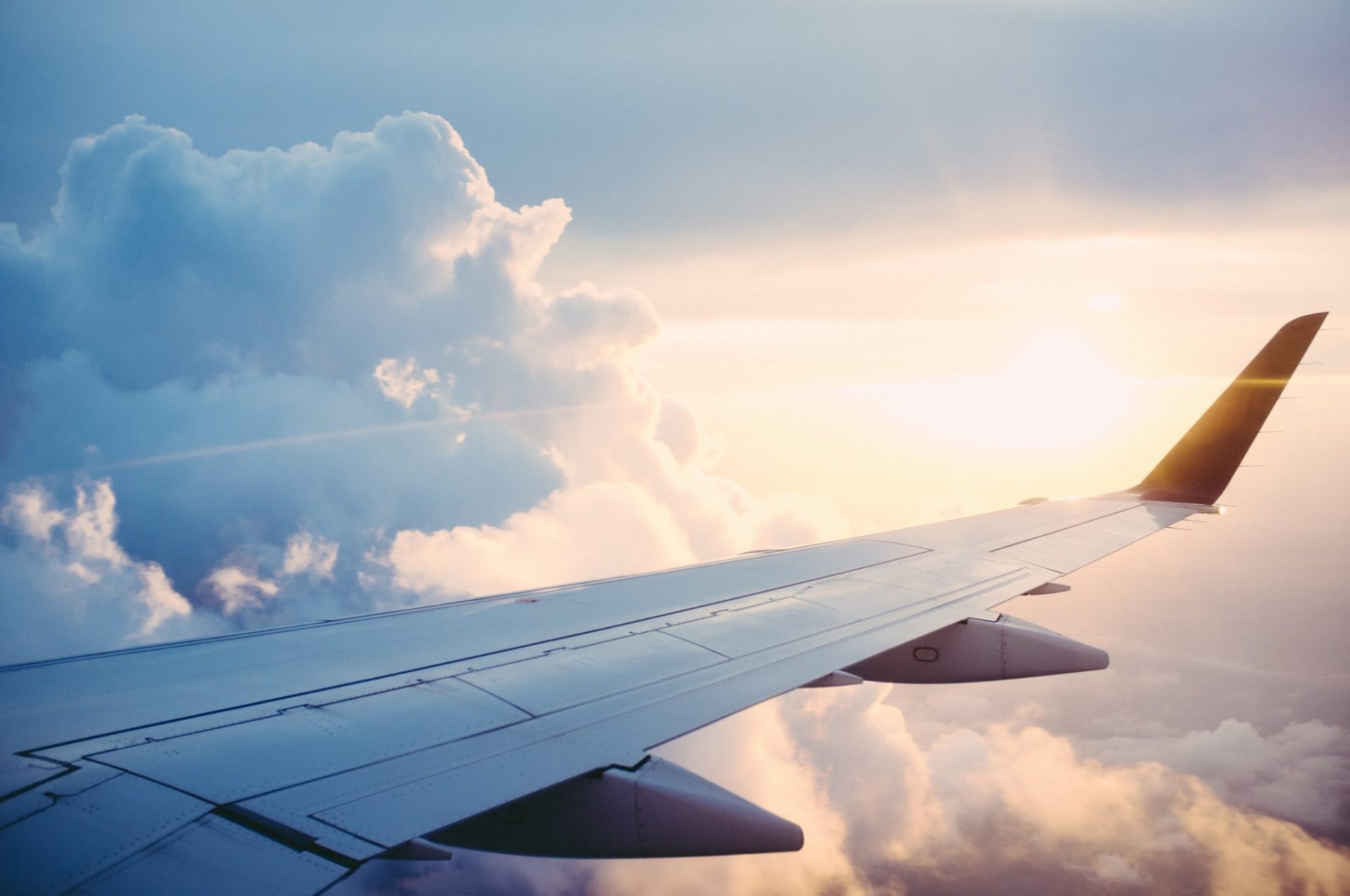Turning food waste into tomorrow’s aviation fuel
Air traffic is expected to double by 2050 due to the growing middle class. As air traffic is one of the biggest contributors to CO2 emissions, the race is now on to find green alternatives to today’s aviation fuel.
Danish biogas company Nature Energy has taken up the challenge in collaboration with NISA, Nordic Initiative for Sustainable Aviation, the consulting engineering company NIRAS and researchers from the University of Southern Denmark (SDU). Their aim is to make sustainable aviation fuel made from biogas, CO2 and hydrogen. Food waste is a key ingredient.
Giving food waste a new life
Nature Energy already produces biogas at 13 plants in Denmark and one abroad. The plants have so far treated more than 4.7 million tonnes of biomass. Several of the plants are selling the gas as fuel for trucks and buses. In addition, Nature Energy invests heavily in research, some of it, at its own laboratory in Odense.
The biogas produced by Nature Energy is entirely green which can make it possible to fly on sustainable aviation fuel in the future
In Denmark, biogas comes from manure and food waste – e.g. coffee grounds, potato peels and chicken wings. Once produced, the gas is fed into the gas network, where it is used for household heating or by industry. The residual degassed slurry then goes to farmers, who uses it to fertilise their fields.
Promising progress
Since the aviation fuel project kicked off in April 2019, the pre-feasibility study has shown promising results. The project is supported by Scandinavian Airlines (SAS), Copenhagen Airports, ARC Amager Resource Centre, Nordic Energy Research, Dansk Luftfart and Danish Energy.


